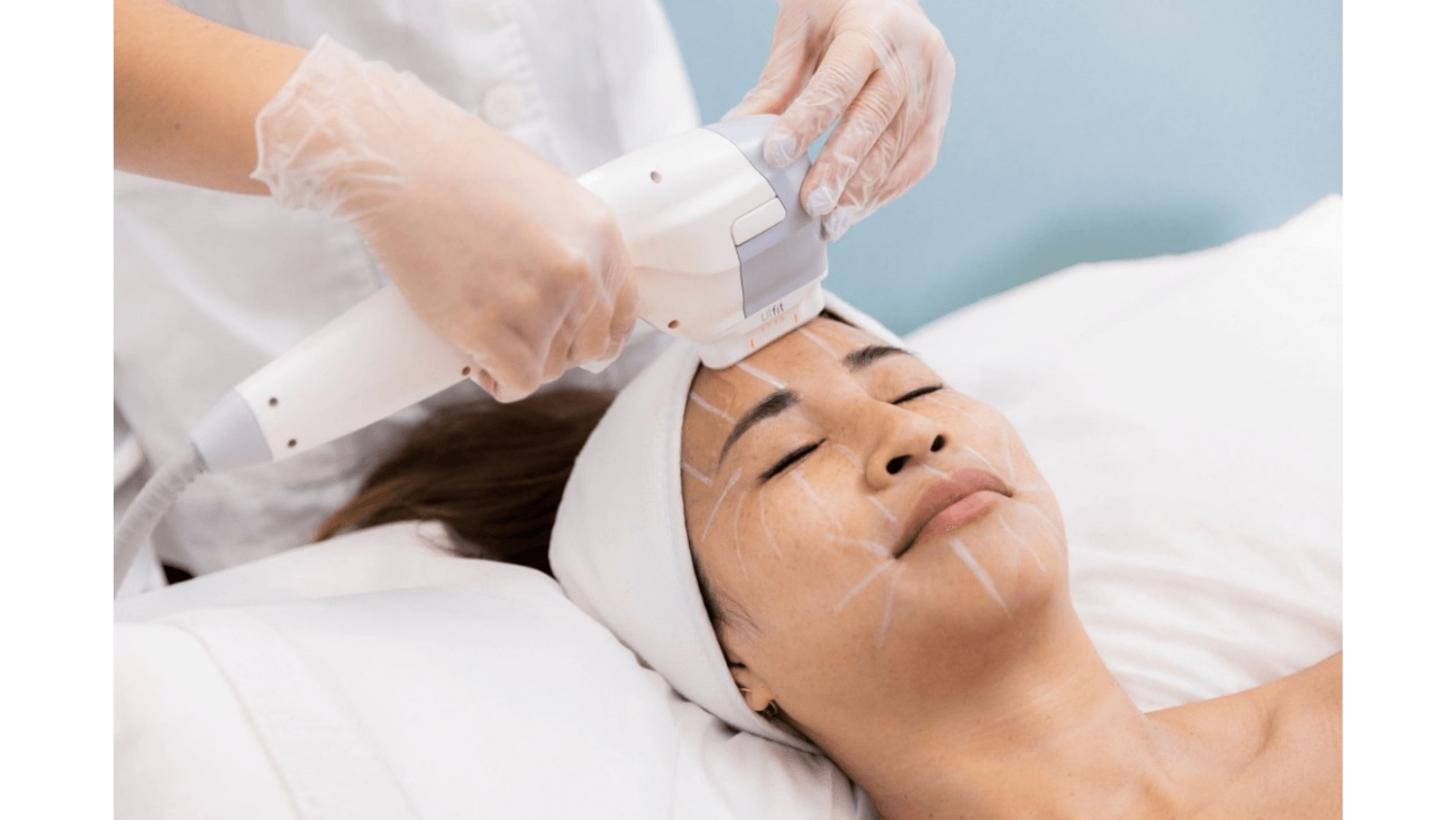Once whispered in Beverly Hills lounges or seen as the luxury of the elite, aesthetic medicine has now gone mainstream and surprisingly routine. Today, it is not uncommon for a 30-year-old tech executive in Austin to schedule a Botox touch-up between meetings, or for a group of friends in Miami to gift each other fillers instead of perfume.
Aesthetic medicine is at the vanguard of the broader “consumerization” trend in healthcare, where patients behave more like shoppers than traditional patients. They research products such as Botox vs. Jeuveau, the same way they compare phones or insurance plans. This behavior is influencing how mainstream healthcare systems design patient portals, offer appointment flexibility, and market their services.
The U.S. aesthetic medicine industry stood at $37.94 billion in 2023, which is nearly half of the global aesthetic medicine market. The presence of leading manufacturers in the region has helped it become a center stage for innovation and opportunity in this evolving market. For example, Evolus, which is the maker of Jeuveau (a Botox rival), posted $79M in Q4 2024 revenue. This is a 30% YOY rise! The company anticipates FDA approval of two new hyaluronic acid gels in 2025. This sets them on track to become a multi‑product aesthetic powerhouse. Similarly, Galderma reported a 9.2% sales increase through September 2024, driven primarily by injectables like Dysport and Sculptra.
Why Aesthetic Medicine is Skyrocketing in the U.S.
From societal shifts to biotech breakthroughs, multiple forces are converging to push the aesthetic industry into its golden era. The old stigma of “getting work done” is rapidly fading. Cosmetic procedures are now being framed as a form of self-care and confidence-building, particularly among women and Gen Z. Clinics and med-spas now offer holistic packages combining injectables with wellness services, blurring the line between dermatology, beauty, and mental well-being.
Technological innovation has made it easier to tweak appearances without going under the knife. This is very attractive for time-starved and risk-averse consumers. Non-surgical procedures like Botox, dermal fillers, microneedling, CoolSculpting, and laser resurfacing treatments typically have minimal downtime and lower costs. This makes them accessible to younger and budget-conscious demographics.
The rise of GLP-1 drugs like Ozempic and Wegovy has led to significant body weight reductions. Aesthetic clinics have reported a spike in patients seeking facial fillers to combat ‘Ozempic face.’ Obesity affects over 100 million adults (42%) and almost 15 million children (20%) in the U.S. Companies such as Galderma and Sofwave are actively marketing facial contouring and skin-tightening treatments to this emerging segment.
Economic Ripple Effects of Aesthetic Medicine on the U.S. Healthcare Industry
- Revenue Diversification for Providers: Aesthetic procedures are mostly out-of-pocket. It makes them immune to insurance bureaucracy and reimbursement delays. This gives providers high-margin, fast-cash income streams. Many OB-GYNs and general practitioners now offer Botox, laser treatments, or body contouring in-house, especially in affluent suburbs or med-spa-heavy regions like Southern California and Florida.
- Surge in Medical Entrepreneurship: The rise of aesthetic medicine has created low-barrier entry points for nurse practitioners, PAs, and RNs to open their own clinics under physician oversight. Over 60% of U.S. med-spas are owned or co-owned by non-physicians, reflecting a decentralization of care delivery. This drives demand for new leasing spaces, equipment purchases, and software platforms, stimulating local economies and ancillary B2B sectors.
The Bottom Line
The aesthetic medicine market is not just about looking better. It is reshaping healthcare economics and fueling a new wellness sector in the U.S. From ears to knees, innovation and investment are making wellness more personal. As aesthetics evolve from reactionary fixes to proactive self-care strategies, savvy market researchers and investors see not just faces, but a reflection of the future of health-oriented consumerism.
















